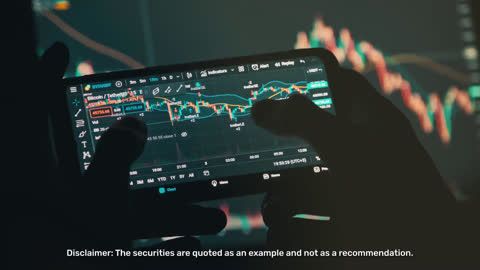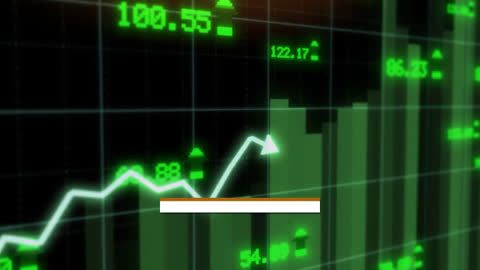Several key features define the primary market. Let’s look at some of them before moving on to the differences between the primary and the secondary markets.
1. Issue of new securities
The primary market enables companies and other entities to issue new securities to the public. In most cases, the entities offering securities for the first time often are relatively new or lesser-known.
2. Fundraising platform
The primary market provides companies with a platform to raise funds from external investors. Unlike fundraising through debt, the proceeds that a company receives from a primary market issue don’t need to be repaid.
3. Regulatory compliance
The regulatory requirements associated with the primary market are often very stringent. A company that wants to raise funds through the issue of securities in the primary market has to satisfy many strict regulatory requirements issued by the SEBI.
4. Freedom to determine the price
A company that issues securities through the primary market has the freedom to determine the issue price. The factors determining the issue price include the company’s fundamentals, future growth potential, market conditions, investor sentiment, and demand and supply.
What is the secondary market?
The secondary market is a platform where securities previously issued via the primary market are traded freely between investors. Here, the exchange of securities happens between investors without the involvement of the company or the issuing entity. This effectively means that the proceeds from the transactions in a secondary market go directly to the selling investors and not to the issuing company.
Features of secondary market
Let’s quickly look at the key features of the secondary market before delving into the primary market and secondary market differences.
1. No Impact on the issuing company’s financials
Since trading on the secondary market happens between investors, the issuing company is not impacted in any way. Any change in the share price due to secondary market trading neither affects the financial situation nor the capital structure of the issuing company.
2. Liquidity for investors
The secondary market helps infuse liquidity by providing a platform for interested investors to buy and sell securities freely. It enables existing investors to monetise their investments in a company.
3. Price discovery
The forces of demand and supply primarily determine the price of a security in the secondary market. This, combined with other factors like investor sentiment, economic conditions, and the company’s financial performance, facilitates efficient price discovery.
4. Regular trading
Unlike the primary market, where the securities are open for subscription only for a short period, trading in the secondary market happens continuously. Interested investors can purchase and sell securities anytime during the market hours.
Key difference between primary and secondary market
Now that you know what the primary market and the secondary market are, let’s do a quick comparison of these two types of financial markets.
Particulars
|
Primary market
|
Secondary market
|
Purpose
|
To enable companies to raise funds through the issue of securities
|
To provide liquidity by enabling the exchange of securities between investors
|
Parties involved
|
The exchange of securities happens between the company issuing them and the investors
|
The exchange of securities happens between interested investors
|
Type of securities exchanged
|
Securities issued for the first time
|
Securities previously issued through the primary market
|
Price
|
The price fixed by the company issuing the securities
|
The price of securities fluctuates based on the forces of demand and supply
|
Sale of securities
|
Securities are sold only once during the subscription period
|
Securities are bought and sold continuously as long as they are listed on the stock exchanges
|
Conclusion
To sum up, the primary market and secondary market are two integral parts that make up the Indian financial market. They facilitate the easy and efficient exchange of securities between selling and buying entities.
As an investor, you have the freedom to invest in either or both of these markets as long as you have a demat account. However, before you invest your capital, it is advisable to thoroughly analyse the various risks involved with investing in these markets. This simple exercise will help you make well-informed investment decisions.
Related Articles
What is the Share market?
Know about trigger price
What is DMA in share market
Know about expiry day in stock market
What is cut off price in IPO
What is anchor investor





